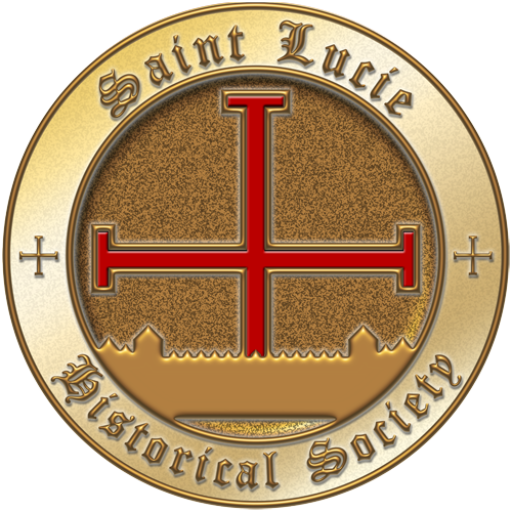Pineapple Plantations
Following the Second Seminole War (circa 1842), settlers began searching for a cash crop that would grow well on this semitropical land. The first attempts at growing pineapples had not been successful. Reintroduced to the area by Captain Thomas E. Richards, who homesteaded in 1879 on land he said looked like “the Garden of Eden.”
Many settlers began to plant these pines, as they were called. There was much experimentation done with many varieties. Red Spanish were the most common. Others had interesting names such as: Abbakashee, Egyptian Queens and Sugar Loaf. It was estimated that within ten years two million pineapple plants were growing in the area.
At first schooners took the pineapples to Baltimore, Maryland, where they fetched a price of about $1.00 per dozen. The railroad was later used, but Mr. Flagler also imported pineapples from Cuba. He charged the locals a premium rate to ship theirs north. By 1895 the Jensen area was labeled the “Pineapple Capital of the World”. Just before World War I, problems like nematodes, as well as spider mites attacked the plants. Additionally several cold spells took their toll. Fertilizer became unobtainable during the war. Most growers turned to the citrus culture.
